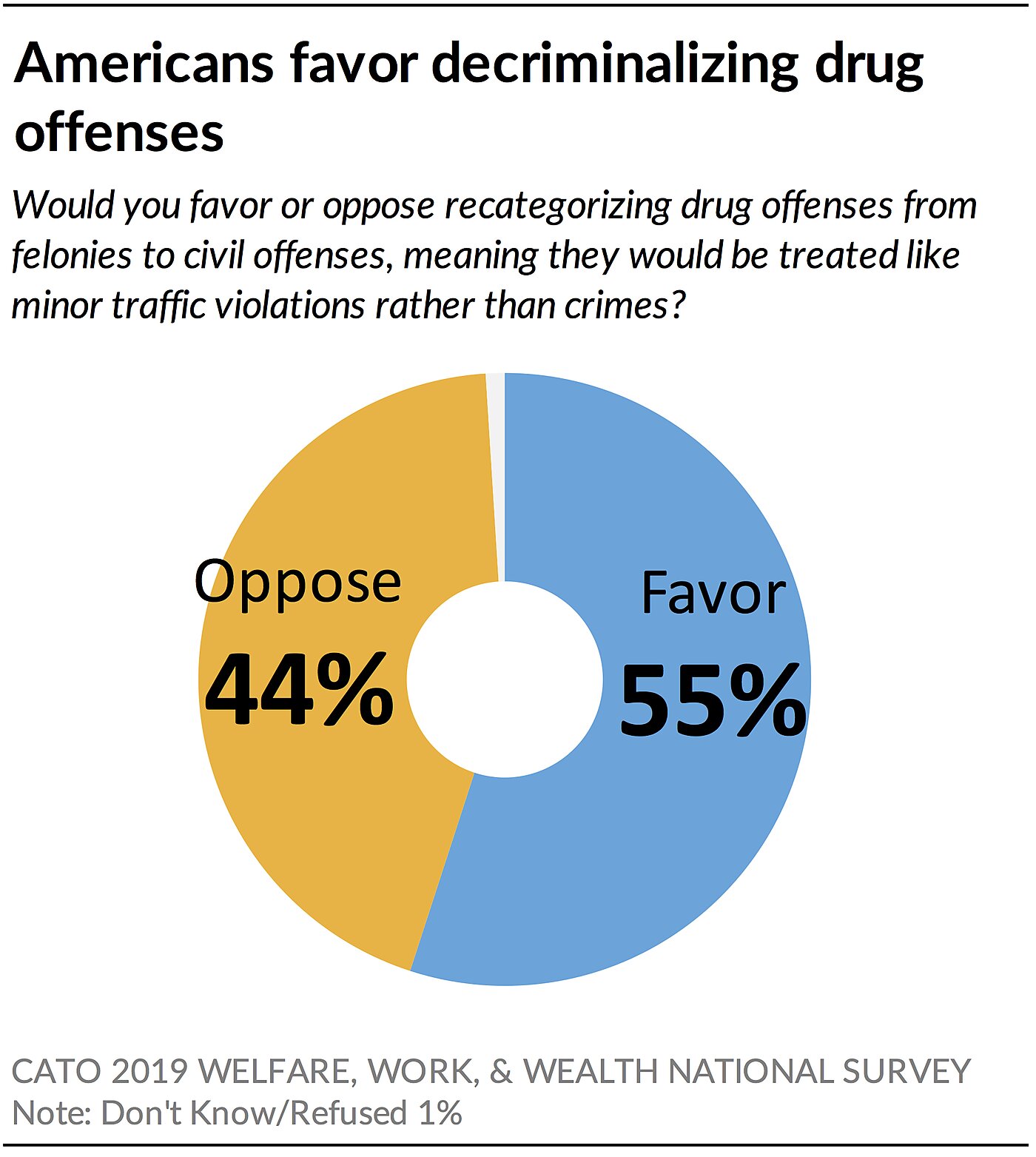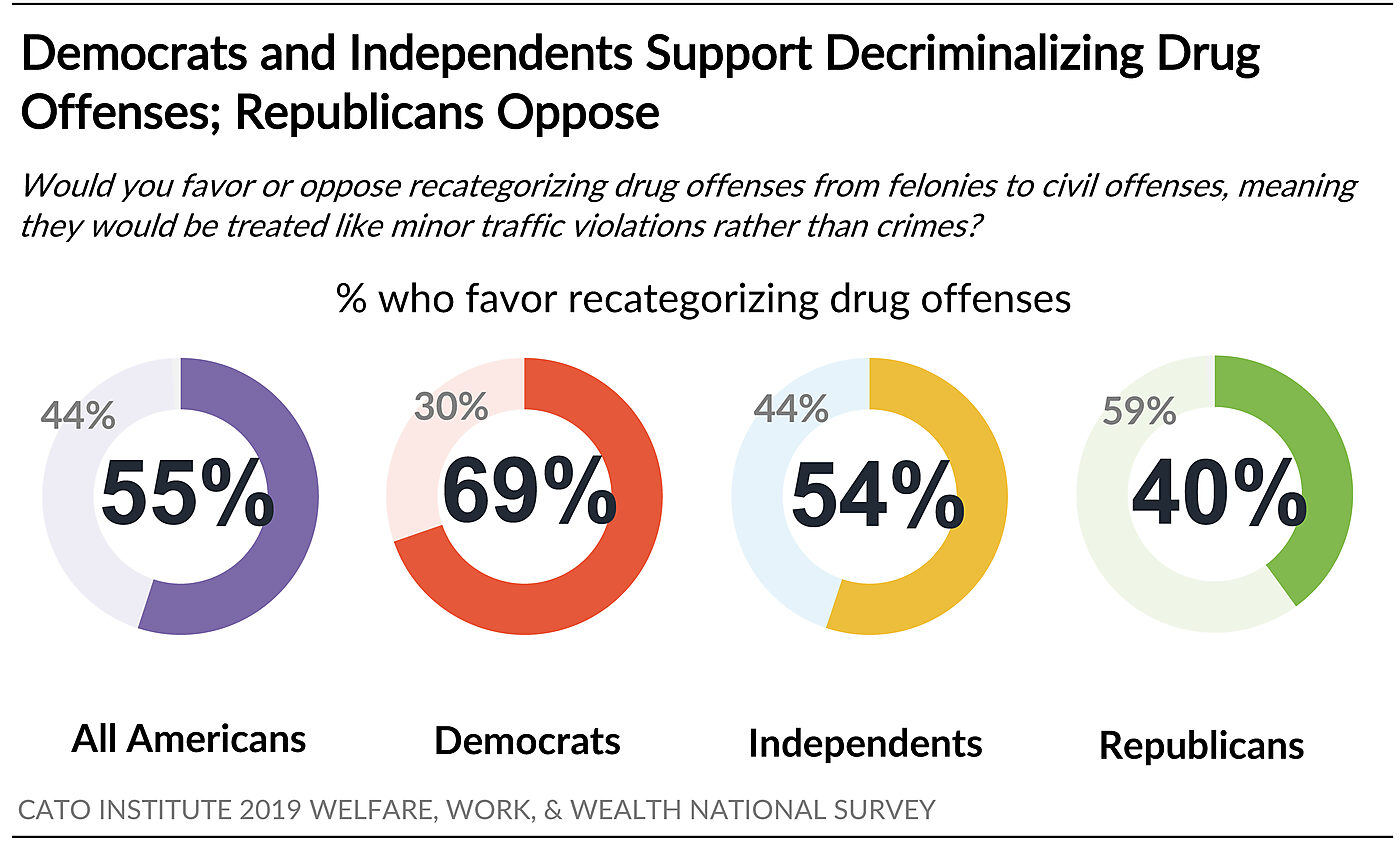The Fall 2019 edition of the Cato Journal, the Cato Institute’s interdisciplinary journal of public policy, is now available online. This latest issue’s contributors tackle a range of timely topics—from Modern Monetary Theory, to the Supreme Court’s shifting stance on executive authority, to the politicization of the Federal Reserve, to the myths surrounding the meaning of an “optimal” top tax rate. You’ll find summaries of the articles on monetary matters—and links to their full text—here. Below is a run-down of two of this issue’s other highlights, with links to their full articles as well.
“Restructuring the U.S. Postal Service”
Chris Edwards, the Cato Institute’s Director of Tax Policy Studies and editor of downsizinggovernment.org, calls for an overhaul of our current postal system modeled after several recent European privatization initiatives. Now on the verge of collapse, the United States Postal Service (USPS’) asset revenues have dropped by 5% over the past nine years, while its liability costs have skyrocketed by 167%. This situation, Edwards explains, is not wholly unique to the USPS: postal services around the world are struggling to reinvent themselves in the face of technological innovation and declining letter volumes. As a result, countries like Sweden and Germany are opening their postal markets to private competition and operational flexibility—and seeing remarkable increases in efficiency, affordability, and overall quality. Recommending that the USPS follow their lead, Edwards outlines four incremental reforms that the USPS should implement in the short term while it prepares to shift its services to the private sector in the long term.
First, however, Edwards details the economic and operational challenges currently facing the USPS. Some of these are external: technological innovation is winnowing public demand for letter delivery—once a massive source of revenue for the USPS, which enjoys a “legal monopoly” in that market. At the same time, package delivery—a market in which the USPS faces private competitors—is becoming an increasingly lucrative industry for those competitors, thanks in no small part to the “e‑tail” boom. The USPS’ other challenges, however, stem from its hybrid business structure. As a government-owned industry, it “enjoys a range of other benefits” that private corporations do not (like tax exemptions, legal immunities, and even certain regulatory powers). At the same time, the government “ties the hands of the USPS in many ways that prevent it from operating like a private enterprise.” Branches lack the authority to close unnecessary offices, adjust prices, or modify operating schedules to reflect shifts in demand. The awkward combination of privileges and prohibitions ultimately raises costs and lowers value for taxpayers and USPS branches themselves. After discussing the successful privatization initiatives now underway across several European postal markets, Edwards prescribes a similar set of remedies for Congress to adopt in crafting its own reform agenda for the USPS: allow it to close low-volume post office locations and “move… toward private sector labor and compensation standards”; reduce the scope of the USPS’ Universal Service Obligation (USO); prohibit it from cross-subsidizing its competitive services with revenues from its monopoly ones; and eventually, promote greater competition by making the USPS one player within a much more diversified, and far more innovative, postal delivery market.
“How the Supreme Court Promotes Independent Presidential Power”
Finally, Louis Fisher, a Constitutional Scholar at the Project on Government Oversight and a Visiting Scholar at the William and Mary Law School, reviews the alarming reversal of Constitutional precedent that has characterized many of the Supreme Court’s “war powers”-related decisions from 1936 onward. The U.S. Constitution grants Congress “express and implied authority in matters of war and foreign commerce,” Fisher begins, and for the first 147 years of its existence, Supreme Court precedent reflected Constitutional intent. Beginning with the 1936 case of United States v. Curtiss-Wright, however, the Court began to incrementally and systematically chip away at Congress’ statutory powers to initiate war and regulate foreign and interstate commerce, relegating the primary authority for these actions to the executive branch instead. “This determination to elevate the president above Congress,” writes Fisher, “inflict[s] substantial damage to democratic principles, the system of separation of powers and checks and balances, and constitutional government.” His article explores the series of flawed premises, judicial errors, and misconceptions about Presidential authority—especially in military affairs—that for nearly a century have inflated the power of the presidency at the expense of our Constitutional principles.
After cataloguing a number of 19th century Supreme Court decisions that preserved the primacy of legislative discretion in military and commercial affairs, Fisher turns to the inflection point that reversed this trend: Justice George Sutherland’s discovery of the “sole organ doctrine” (which, as it happens, was not really a “doctrine” at all). Writing for the Court in its 1936 ruling on United States v. Curtiss-Wright, Justice Sutherland misinterpreted a phrase lifted from a speech—not a judicial decision—that Chief Justice John Marshall had delivered more than a century earlier, and under completely different circumstances, wherein Marshall had called the president “the sole organ of the nation in external relations.” By invoking (or perhaps creating) the so-called sole organ doctrine, Justice Sutherland endorsed the dubious theory that the executive holds “‘plenary and exclusive’ authority over foreign affairs.” Despite the fact that “Sutherland’s sole-organ theory was patently false,” however, it rapidly became canon, to the extent that the U.S. v. Curtiss-Wright ruling has since been called “the birth of the imperial presidency.” Fisher traces the ever-lengthening shadow of Curtiss-Wright and its misappropriation of the “sole organ doctrine” to the Nazi saboteur case (1942); the Japanese internment cases (1943–44); the Jerusalem passport case (2002); and several others. He also documents the scattered history of deviations from this new norm, but notes that even after the Supreme Court finally “jettisoned the sole organ doctrine” in 2015, it “proceeded to create a close cousin,” whose effects have arguably been just as damaging.



